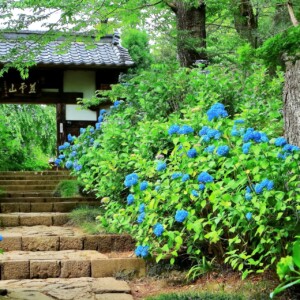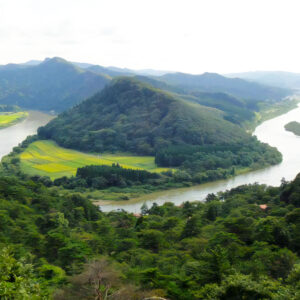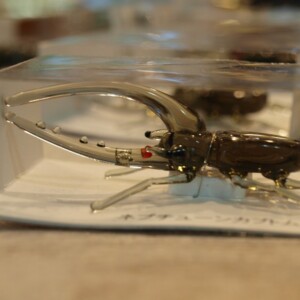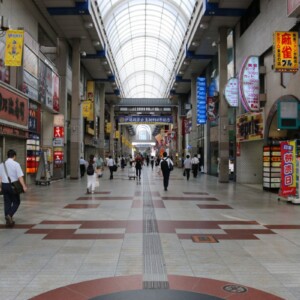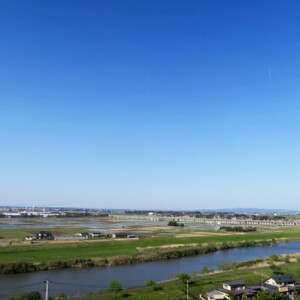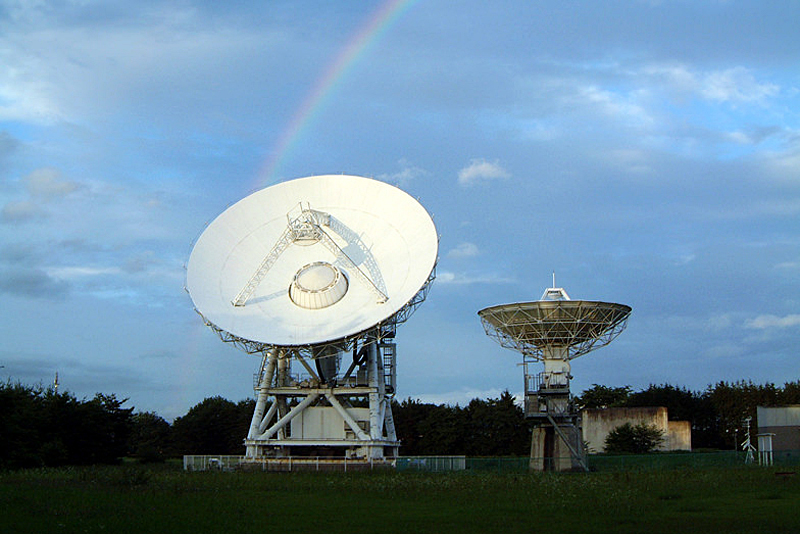
The National Astronomical Observatory Mizusawa Campus was the first in Japan to connect with space [Iwate Prefecture]
table of contents
- 1 Mizusawa Latitude Observatory, which introduced Japan's astronomical observation technology to the world
- 2 Mizusawa Latitude Observatory, the origin of Kenji Miyazawa
- 3 ``Oshu Space Museum'' where you can enjoy exploring the mysteries of the universe
- 4 The Kimura Sakae Memorial Hall honors the achievements of Sakae Kimura, the first director of the Mizusawa Latitude Observatory.
The National Astronomical Observatory Mizusawa Campus, although its name seems to be a university, is an observatory station at the National Astronomical Observatory.
Its predecessor was the oldest existing "Latitude Observatory (Mizusawa Latitude Observatory)," which opened in 1899 (Meiji 32), and is currently involved in the exploration of the frontline lunar planets and a global project to unravel the universe.
The premises include the Oshu Space Walking Museum, where you can learn about space for fun, and the Kimura Sakae Memorial Museum, which was opened to celebrate the achievements of the first director, Kimura Sakae.
Mizusawa Latitude Observatory, which introduced Japan's astronomical observation technology to the world
A latitude observatory is an observatory that was created to elucidate the movement (polar movement) in which the Earth's polar axis is only slightly moving.
It was founded in 1899 (Meiji 32) as one of six latitude observatory stations 39 degrees 8 minutes north latitude, which was established at the Universal Geodestic Association held in 1898 (Meiji 31).
Latitude observatories were located in Mizusawa as well as three American continents (Gazersburg, Cincinnati and Ukiah), the Mediterranean island of Carlo Forte (Italy), and Charjui (now Turkmenistan) in Central Asia.
The observation method involves observing the same star daily using the same observation equipment and comparing the observed data.
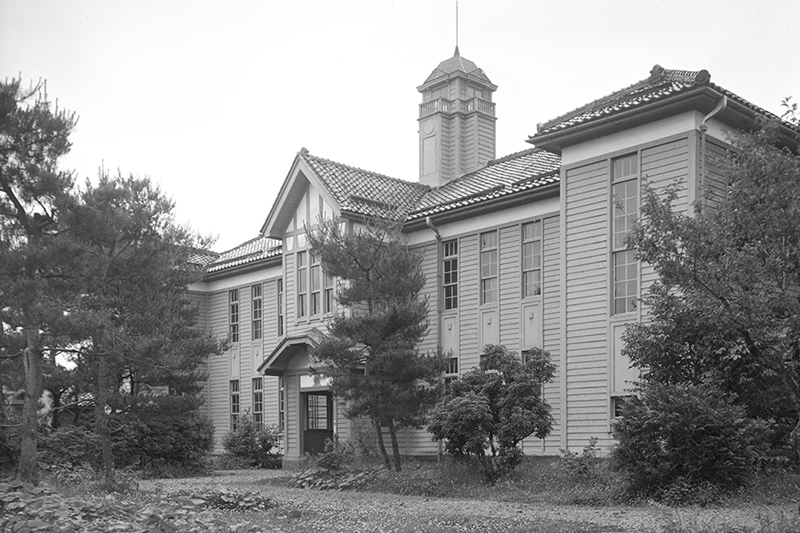
The Mizusawa Latitude Observatory continued its observations during World War II without being influenced by international situations, and it played its role until 1987.
During this period, from 1922 (Taisho 11) to 1936 (Showa 11), 1962 (Showa 37) to 1988 (Showa 63).
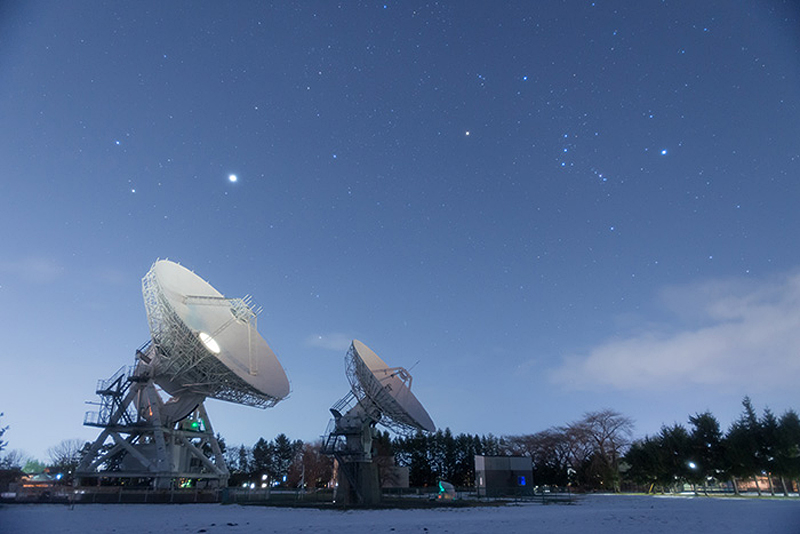
"Mizusawa Latitude Observatory" has been renamed "Mizusawa VLBI Observatory" since 1989, and is used for VERA (Various Astronomical Accuracy Telescope/VLBI Exploration of Radio Astrometry) (*1) and RISE (Research of Interior Structure and Evolution of solar As the base for the Lunar and Planetary Exploration Project (*2), it is involved in worldwide projects to unravel the mysteries of the Earth and space, including the creation of 3D maps of the galaxy and lunar and planetary exploration.
*1 Reference link *2 Reference link
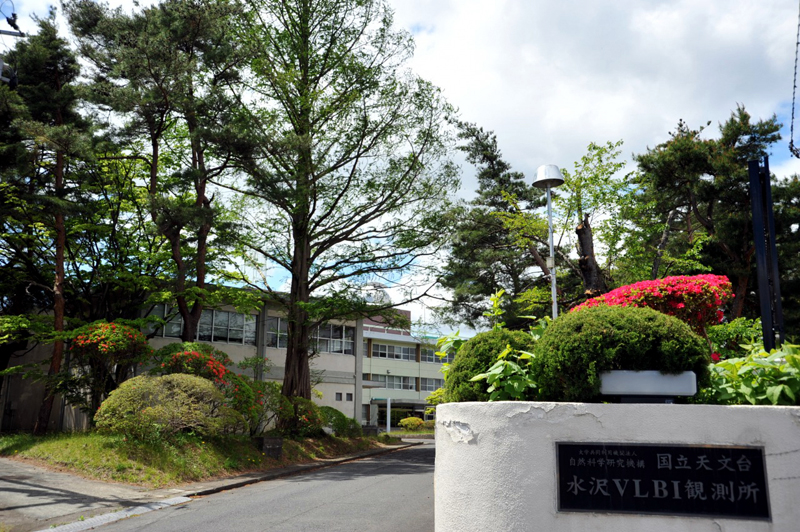
Touring the National Astronomical Observatory of Japan Mizusawa Campus (public parts) is free, but you can get a better understanding by first stopping at the Oshu Space Museum and receiving a pamphlet.
INFORMATION
- Facility name: National Astronomical Observatory of Japan Mizusawa Campus
- Address: 2-12 Mizusawa Hoshigaokacho, Oshu City, Iwate Prefecture
- Phone number: 0197-22-7111
- Opening hours: 9:00-17:00
- Free tour
- URL: http://www.miz.nao.ac.jp/
GOOGLE MAP
Mizusawa Latitude Observatory, the origin of Kenji Miyazawa
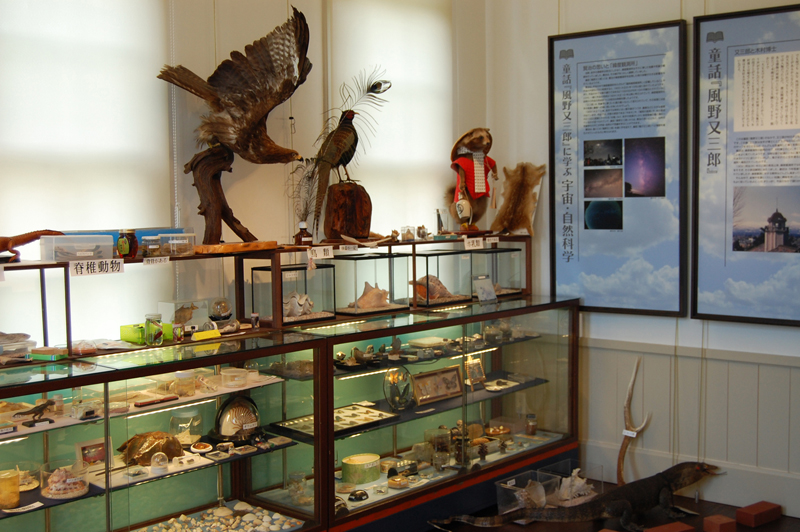
Miyazawa Kenji (1896-1933), known for his work "Matasaburo of the Wind" and "Night on the Galaxy Express," spent much of his life in Iwate Prefecture, but his work was originally from the Mizusawa Latitude Observatory.
Kenji frequently visits the Mizusawa Latitude Observatory and based on his experiences he has published Kazeno Matasaburo and Galaxy Railroad Night, which are the original works of Kaze no Matasaburo.
``Oshu Space Museum'' where you can enjoy exploring the mysteries of the universe

"Oshu Space Museum" is a science museum located in the former main building of the National Astronomical Observatory Mizusawa Campus in Mizusawa, Oshu City, Iwate Prefecture, where you can enjoy learning about space and science.
The Oshu Space Walking Museum will display historical astronomical observation equipment used at the Latitude Observatory and the National Astronomical Observatory on permanent display, and you can also visit the observation equipment (development model) installed on the Japan Aerospace Exploration Agency (Japan Aerospace Exploration Agency) lunar spacecraft.
You can also touch the wind and meteorites on a permanent exhibition that collects materials related to Miyazawa Kenji and the Latitude Observatory, and learn about planets through a one-in-700 million scale solar system model. Additionally, you can enjoy the 4D digital theater 4D2U in the theater room. The impressive space footage you can see while wearing 3D glasses is a must-see.
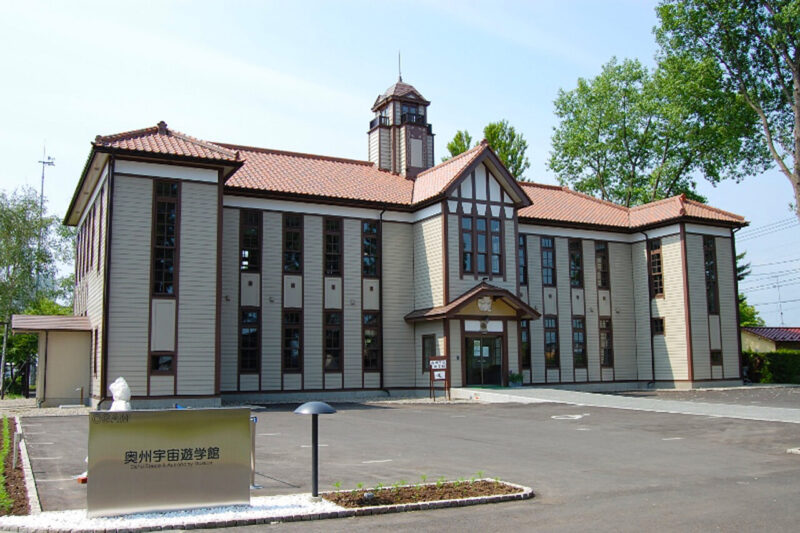
INFORMATION
- Facility name: Oshu Space Museum
- Address: 2-12 Mizusawa Hoshigaokacho, Oshu City, Iwate Prefecture
- Phone number: 0197-24-2020
- Opening hours: 9:00-17:00 (Admission until 16:30)
- Admission fee: Adult students 300 yen, students and children 150 yen
- Theater/Adults: 200 yen, students: 100 yen
- Closed: Tuesdays (the next day if it is a public holiday), December 29th to January 3rd
- URL: http://uchuyugakukan.com/
GOOGLE MAP
The Kimura Sakae Memorial Hall honors the achievements of Sakae Kimura, the first director of the Mizusawa Latitude Observatory.

When the "Latitude Observatory" was first opened in Mizusawa, Western scholars underestimated Japan's observation technology, and they doubted it.
However, Japan originally had the skilled surveying skills of people called Tenmonkata, who observed stars in the Edo period to create calendars, and the global discovery "Z" (※3) of Kimura Hisashi (1870-1943), who was appointed as the first director, confirmed his position.
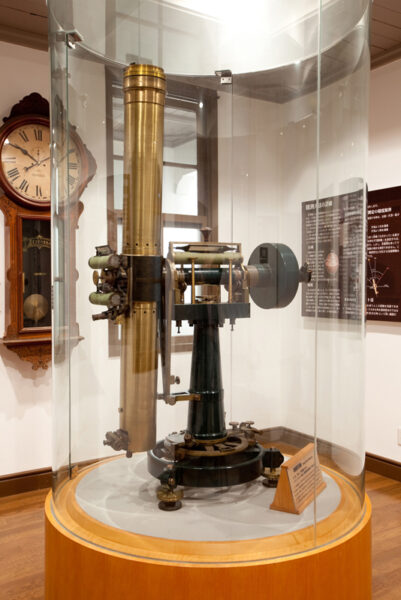
The Kimura Ei Memorial Museum features information on Kimura's brilliant achievements, as well as information on the eye-visual zenith rims (telescopes that observe the zenith), which were used since the beginning of the Latitude Observatory Station, as well as photos showing the observation room at the time.
The building was the first main building of the Mizusawa Latitude Observatory, built in 1900 (Meiji 33), and even after the second main building of the observation station, which is currently used as the "Oshu Space Walking Museum," was built in 1921 (Taisho 10), it was still used as a laboratory until 1966. It has been designated as a registered tangible cultural property of the country.
INFORMATION
- Facility name: Kimura Sakae Memorial Museum
- Address: 2-12 Mizusawa Hoshigaokacho, Oshu City, Iwate Prefecture
- Phone number: 0197-24-2020 (Oshu Space Museum)
- Opening hours: 9:00-17:00 (Admission until 16:30)
- Admission fee: Free
- Closed: Tuesdays (the next day if it is a public holiday), December 29th to January 3rd
- URL: https://www.miz.nao.ac.jp/kimura/



!["Asaka Shui" is a major Meiji project that transformed the Asaka Shui field in Koriyama City into fertile ground [Fukushima Prefecture] Asaka Canal](https://jp.neft.asia/wp-content/uploads/2022/12/74a324ef7d94957884564184e214ff62-150x150.webp)

!["Snake's Nose, the Land of Flowers and History" is a garden where you can enjoy flowers in the seasons! [Motomiya City, Fukushima Prefecture] zyanohana1](https://jp.neft.asia/wp-content/uploads/2023/06/zyanohana1-150x150.jpg)
![[Fukushima Prefecture] 3 recommended hot springs in the Aizu region selected for their secret hot springs, famous hot springs, and unique spring quality! 4120872_m](https://jp.neft.asia/wp-content/uploads/2024/04/4120872_m-150x150.jpg)

![The specialty of Genbikei, "Flying Dango," is definitely worth a visit! Delicious activities! [Ichinoseki City, Iwate Prefecture] Genbikei bus stop](https://jp.neft.asia/wp-content/uploads/2017/04/IMG_5931-150x150.jpg)
![Bottle Don is the definitive Sanriku souvenir that looks delicious! [Iwate Prefecture] Bottle don (abalone, scallop, salmon roe)](https://jp.neft.asia/wp-content/uploads/2023/06/IMG_5048-150x150.jpg)
![Ryusen-no-no-no-no-no-no-no-no-no-no-no-no-no-no-no-no-no-no-no-no-no-no-no-no-no-no-no-no-no-no-no-no-no-no-no-no-no-no-no-no-no-no-no-no-no-no-no-no-no-no-no-no-no-no-no-no-no-no-no-no-no-no-no-no-no-no-no-no-no-no-no-no-no-no-no-no-no-no-no-no-no-no-no-no-no-no-no-no-no-no-no-no-no-no-no-no-no-no-no-no-no-no-no-no-no-no-no-no-no-no-no-no-no-no-no-no-no-no-no-no-no-no-no-no-no-no-no-no-no-no-no-no-no-no-no-no-no-no-no-no-no-no-no-no-no-no-no-no-no-no-no-no-no-no-no-no-no-no-no-no-no-no-no-no-no-no-no-no-no-no-no-no-no-no-no-no-no-no-no-no-no-no-no-no-no-no-no-no-no-no-no-no-no-no-no-no-no-no-no-no-no-no-no-no-no-no-no-no-no-no-no-no-no-no-no-no-no-no-no-no-no-no-no-no-no-no-no-no-no-no-no-no-no-no-no-no-no-no-no-no-no-no-no-no-no-no-no-no-no-no-no-no-no-no- [Iwate Prefecture] Ryusendo Cave (first underground lake)](https://jp.neft.asia/wp-content/uploads/2023/07/PXL_20230512_052246926.NIGHT_-150x150.jpg)



